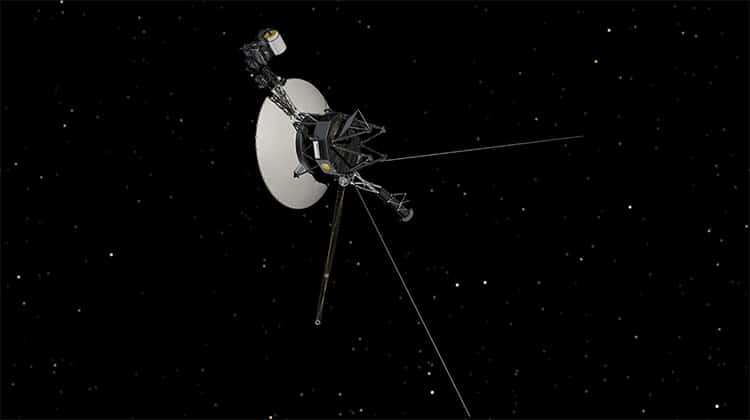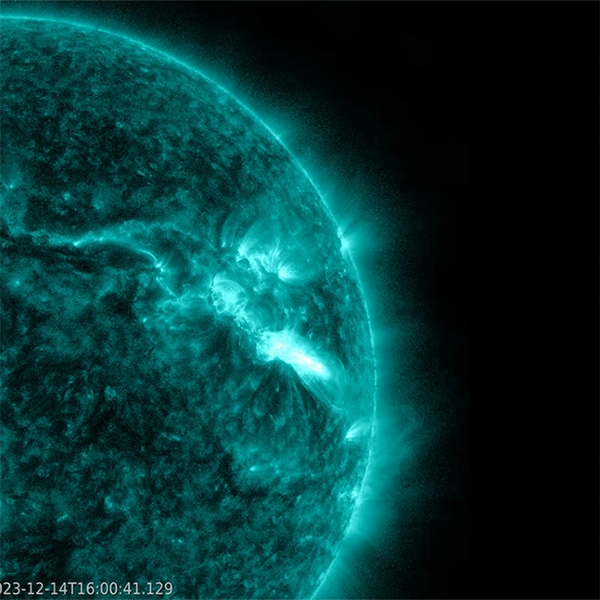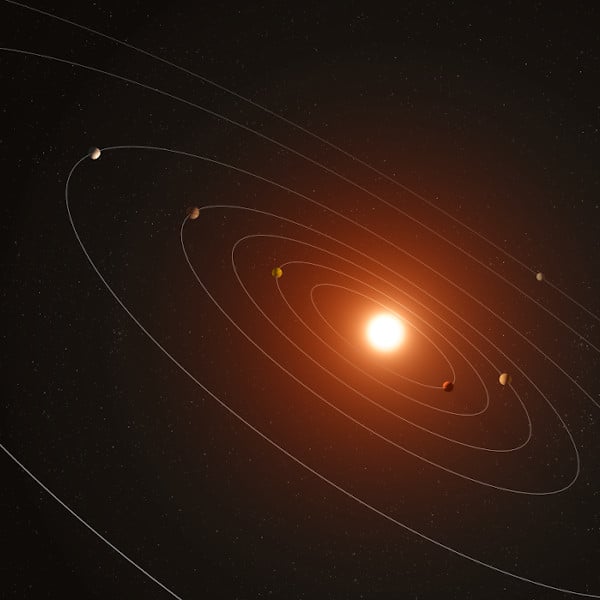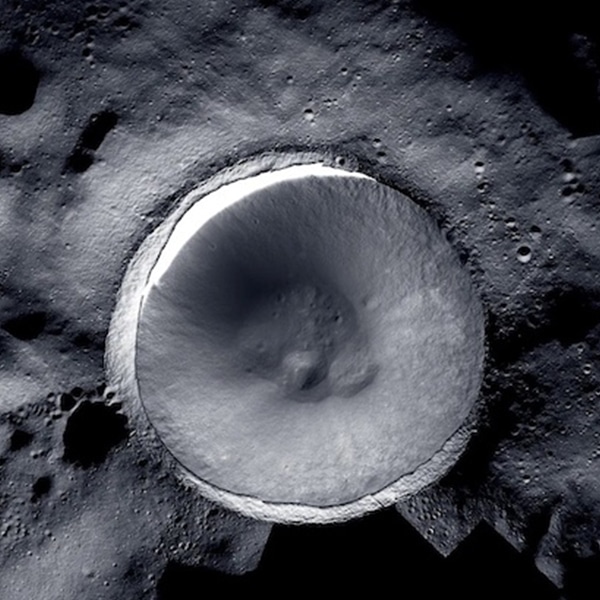
The Voyager spacecraft as an artist rendered it. (Photo: NASA/JPL-Caltech)
Voyager 2 has been “voyaging” for 45 years, 11 months, and the days keep rolling in. This seemingly antique spacecraft was launched to study Jupiter, Saturn, Uranus, and Neptune. It has returned to Earth some of the most incredible photos of these outer planets and their moons, even discovering new moons and becoming the first human-made object to fly past Uranus. Yet this aging intrepid explorer lost contact with NASA on Earth when a series of commands knocked its antenna off point over 12.4 billion miles away. However, a surprising “heartbeat” detected in space gave NASA hope of reestablishing a connection.
The disconnect occurred on July 21. The spacecraft's antenna was off by two degrees, but that didn't completely interrupted communication with the Deep Space Network (DSN), NASA's reception point. It entered interstellar space in 2018, 12.4 million miles from Earth. While the craft will eventually run out of power and become one more historic piece of space junk, that moment is not yet upon us.
With Voyager 2's lost communication, NASA was expecting to establish a connection when the craft would reset its antenna (as it does several times a year) on October 15. Luckily, they didn't have to wait that long. NASA regularly scans the sky. In doing so, they detected a blip of a signal, an intrepid call of a still-kicking machine. From Voyager 2 to Earth, the “heartbeat” signal took 18 hours. Australian satellite dishes tried to detect further signs, while NASA sent commands for Voyager 2 to correct itself from the Jet Propulsion Laboratory (JPL). On Friday, August 4, at 12:29 a.m. EDT, Voyager 2 officially reconnected and continued to transmit science data once again.
“After two weeks of not hearing anything, we’re back to getting unique data from the interstellar medium,” says Linda Spilker, a planetary scientist at JPL and the lead mission scientist for Voyager 2. Mission control was reportedly over the moon (not literally) about this successful mission to hear back from Voyager 2 and to learn that it was on its original path.
The probe's 45 years on the job demonstrates it can function quite well on its own and this is just another example of how resilient it is. As Voyager 2's project manager Suzanne Dodd said of Voyager 1 and Voyager 2, “Both of these spacecraft are truly remarkable in their longevity. They’re like the spacecraft with nine lives.”
Voyager 2 has been circling our universe's extremes for 45 years, but it lost its connection with Earth on July 21, 2023. Luckily, NASA heard a “heartbeat” signal and was able to reconnect after 2 weeks of radio silence.

The August 20, 1977 launch. (Photo: NASA/JPL-Caltech)
h/t: [The New York Times]
Related Articles:
NASA Lets You Download Thousands of High-Resolution Space Images for Free
SNASA Sun Mission Photographs Fiery Solar Eclipse From Space
Four Volunteers Entered NASA’s Mars Simulation Where They Will Live for Over a Year
NASA Discovers Asteroid That Could Hit Earth on Valentine’s Day 2046






















































































